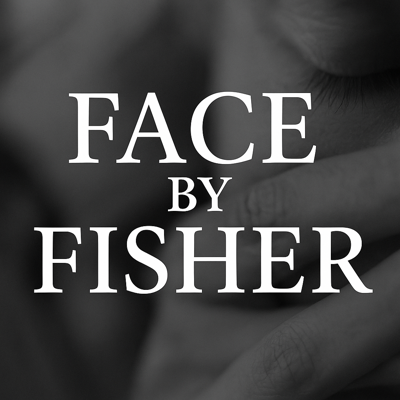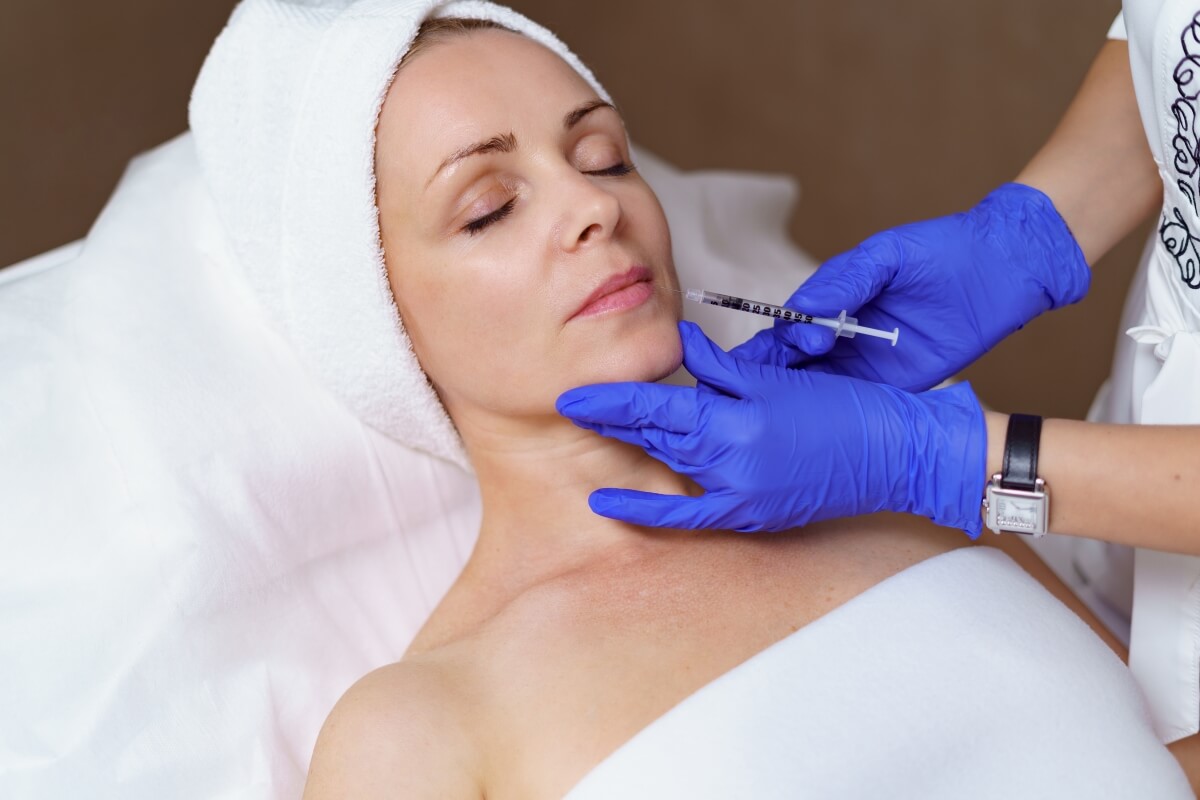The Places to Use Neurotoxins from Head to Toe
Did the title catch your attention? Neurotoxins are just a fancy, technical way to describe injections such as Botox and Dysport that contain botulinum toxin. Yes, it is a toxin, but it is injected in such small amounts that it is very safe. In fact, botulinum toxin has been in use for about 50 years. It may have become best known for its cosmetic purposes, but this neurotoxin can do so much more.
Migraines
Starting from the top of the body, Botox can be used for migraines. Injecting it into the forehead and neck can help relax the nerves in the area, greatly improving migraine symptoms for many sufferers. It blocks acetylcholine, which is a neurotransmitter that transmits pain signals.
Eyes (blepharospasms and strabismus)
Botox is an option for those with a condition often called “lazy eye” or strabismus. This was the original usage of botox when it first came into use in the 70s. It relaxes the muscles so that the eye experiencing issues appears more normal. Blepharospasms, or eye twitching, can also be helped by injecting botox in the muscles around the twitching eyelid.
Face (cosmetic purposes)
There are many places on the face where botox (Neurotoxins) can help cosmetically. Botox relaxes tense muscles so that they remain relaxed, thereby reducing the appearance of fine lines and wrinkles. What’s more, Botox has an added benefit: It can help prevent wrinkles or prevent dynamic wrinkles from developing into static wrinkles.
For those without wrinkles, Botox immobilizes areas in which wrinkles commonly form, delaying their appearance. For those with something called dynamic wrinkles, which are wrinkles that show up only with movement, Botox can help relax the area so that they don’t develop into static wrinkles or wrinkles that show even when the face is at rest.
Gummy Smile
A “gummy smile” is when a smile shows a large portion of the gums. Botox helps by relaxing the muscles responsible for pulling the upper lip upwards when smiling. Using botox in those muscles makes the upper lip not as outstretched as when smiling, thus allowing only the teeth to show.
Sweaty Palms, Underarms, and feet
For those with a condition called hyperhidrosis, constantly sweaty palms and feet, and/or excessive sweating under the arms (and sometimes in other areas as well), it can be a source of stress. Botox (Neurotoxins) can help by reducing sweating.
Nerves are responsible for activating the sweating response, and in some, these are hyperactive. Botox paralyzes these nerves, deactivating them, significantly reducing or eliminating the amount of sweating in the area in which it is injected.




